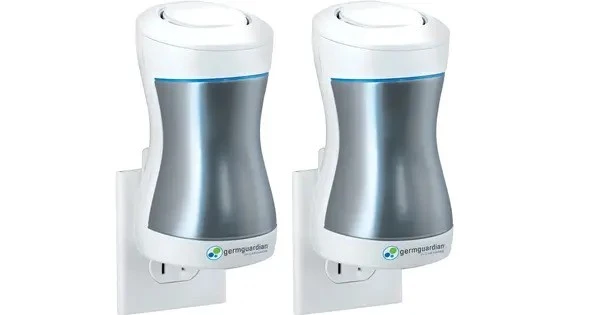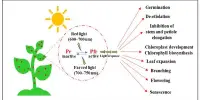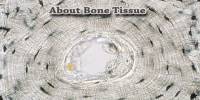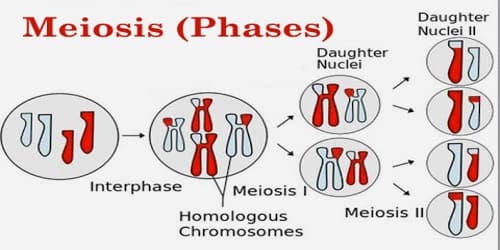An air sanitizer is a product that kills airborne microorganisms such as bacteria, fungus, and viruses in residential, institutional, and/or commercial settings. These are devices or items that help to enhance air quality by lowering the presence of contaminants such bacteria, viruses, fungi, mold, allergies, and odors. These gadgets use several methods to cleanse the air and produce a healthier indoor environment.
Unlike air purifiers, which filter or trap particles within an air circulator, air sanitizers target airborne bacteria in open interior air space. A pathogenic aerosol formed by a sneeze or cough will take a long time to be treated by a circulating air purifier since air circulators cannot treat all of the air in the room at once.
Air circulators treat a fraction of the room volume per unit time and then vent the treated air back into the room, resulting in fractional air dilution. Air sanitizers, on the other hand, that are kept at a sufficient and homogeneous concentration within the interior air space treat the entire interior air space volume at the same time but cannot remove particulates, including allergens.
Here are some common types of air sanitizers:
- Air Purifiers: These devices use filters, such as HEPA filters, activated carbon filters, or other technologies like UV-C light, to trap or neutralize airborne particles and microorganisms. HEPA filters can capture tiny particles, including dust, pollen, pet dander, and some bacteria.
- UV-C Air Sanitizers: Ultraviolet-C (UV-C) light has germicidal properties and can be used to disinfect air by inactivating microorganisms like bacteria and viruses. UV-C air sanitizers often use lamps or bulbs emitting UV-C light to target and destroy the DNA or RNA of these harmful particles.
- Ionic Air Purifiers: These devices generate negatively charged ions that attach to airborne particles, causing them to become heavier and fall to the ground or stick to surfaces. Some ionic air purifiers also have electrostatic plates that attract and capture the charged particles.
- Ozone Generators: Ozone is a reactive form of oxygen that can neutralize odors and kill bacteria and viruses. Ozone generators release ozone into the air, but their use is controversial due to potential health risks associated with high ozone levels.
- Activated Carbon Air Filters: These filters use activated carbon to adsorb and neutralize odors and chemical pollutants. They are often used in conjunction with other filtration methods in air purifiers.
Air purifiers and sanitizers are hence complimentary air treatment options. Air sanitizers are not air fresheners, which provide aroma to the air, and do not claim to kill microbiological organisms.
When selecting an air sanitizer, it is critical to select a device that meets the unique needs of your area and targets the impurities you wish to eliminate. To maintain best performance and safety, follow the manufacturer’s directions for filter installation, maintenance, and replacement.
















